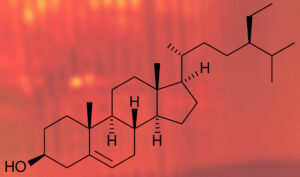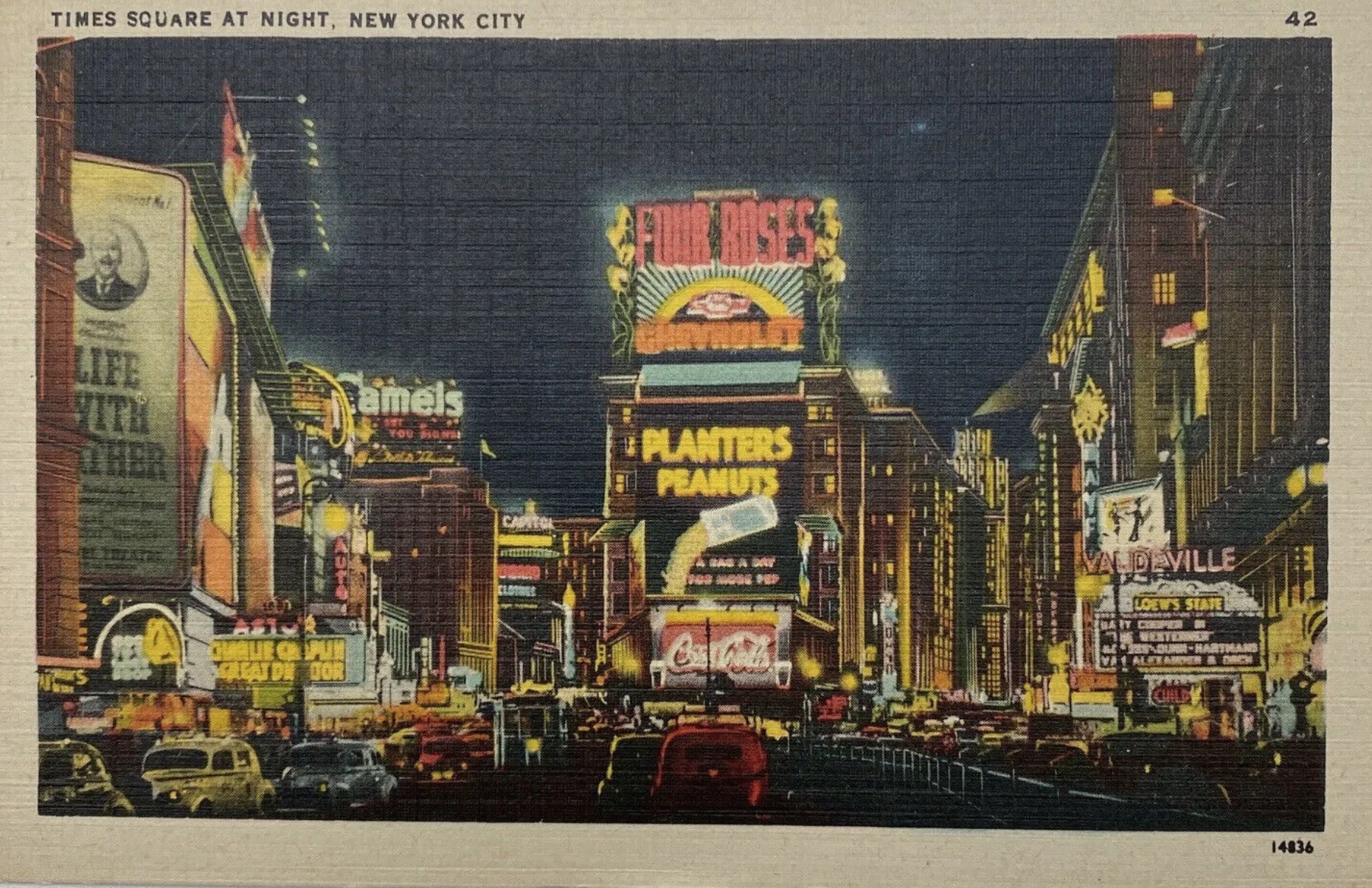In April of 1962, the Office of the Commissioner of Internal Revenue Alcohol and Tax Division sent all licensed distilleries a copy of Industry Circular, Number 62-16, which informed them of a significant change to 27 CFR 5, the standards of identity for distilled spirits: the maximum barreling (entry) proof for whiskey had been increased from 110 to 125. This was the first change to the entry proof since the regulations had been published after Prohibition back in 1938. The rationale for the change came, ostensibly, from with the distilling industry itself, spearheaded by research published just a few years earlier by Hiram Walker, at that time still a significant player in the whiskey business.

There would have been plenty of motivation to make a change like this in 1962. Everyone was starting to feel the effect of revenue lost to ‘clear spirits’ like vodka and light rum. For some distilleries this also came on the heels of a self-inflicted glut created by a failed hedge against an anticipated demand for industrial alcohol by the government for the Korean Conflict. The demand never materialized, leaving these distilleries sitting on large stocks of aging whiskey. So at the beginning of the 1960s any way a distillery could tighten their belt and save money would be welcomed. Increasing entry proof, which meant needing fewer barrels, would be one of these. [1]
Despite these pressures, adoption of the higher limit took a while. In part because the current generation of ‘Master Distillers’ (a term which probably didn’t yet exist in the 1960s) had learned their trade from predecessors who had been distilling before Prohibition. Low entry proof for Bourbon and rye was just considered best practice and it’s one reason the 110 limit had been enshrined in 27 CFR 5 in the first place. Distillers in the 1960s would simply have had no practical experience with the outcomes of what must have seemed to them to be a rather daring change. [2]
Eventually, of course, distilleries began to adopt higher entry proofs, possibly under pressure to reduce operating costs. It would take many years before these whiskies started making their way into the market, ironically at a time when critical interest in them would have been at an all time low. The transition probably passed unnoticed among the few drinkers of American whiskey at the time.
Was the deck stacked?
It’s worth spending a little bit of time looking at the study Hiram Walker published in 1959, which provided the scientific rationale for the 1962 change. The study tracked changes in maturation for eight years and looked at the effects of three different experimental entry proofs (118, 127, and 154) along side a ‘control proof’ of 110. Both quantitative and qualitative (organoleptic) measurements were made at regular intervals during the study. The data, as collected and reported by the researchers, both employees of Hiram Walker, leads them write in their conclusion:
“The current U.S. legal maximum limit of 110 proof on barreling whiskeys could be increased to about 125 proof without affecting aging losses. quality, or filterability.” [3]
On the surface, this seems like a pretty good piece of work. The study, unfortunately, has quite a few methodological weaknesses, which leads one to suspect that the outcome was possibly somewhat predestined. Here are a couple of these which stood out:
- Only five barrels of each of the three experimental proofs were included in the study. Whether only a total of five barrels were filled is not clear. This leaves open the possibility that these barrels were hand-picked by the researchers from a larger set.
- Three different ‘recipes’ (distillates) were used for the study: one rye and two Bourbons. However, only one of the three experimental proofs was used for each of the three recipes. The rye was barreled at 154 (which might have corresponded to proof off the still—this is unclear) and the two Bourbons at 118 and 127. Presumably the control for all of these were the same recipes barreled at 110.
It might also be worth pointing out that the environment in which the barrels were matured might be considered atypical. Here’s a description of the warehouse:
“Warehouses are of brick and concrete construction with solid concrete floors every 12 tiers and are equipped to give air circulation to facilitate temperature and humidity control”
Walker was clearly using environmentally controlled and palletized warehouses. While these were popular at the time (and Walker might have thought everyone would switch over eventually) they are certainly not representative of conditions inside traditional multi-story rick houses. These were still stock and trade in places like Kentucky, and they remain so to this day. This would have been another variable for the study to have explored.
Fortunately, Whiskey research has come a long way since this study was published in 1959. Today there’s more nuanced understanding in the trade-offs provided by different entry proofs on maturation. Correspondingly many newer distilleries have started using lower entry proofs again. Regardless, entry proof remains one of the more significant style choices a distillery can make and having the wider range that the 1962 change enabled means a wider variety of outcomes today.
Addenda:
Wild Turkey provides us with a very unique example of adoption and adaptation in the face of the 1962 change. At the time the distillery used an entry proof of 107. Jimmy Russell, who was overseeing distillery operations at the time (and who would be named Master Distiller in 1967) had learned distilling from his pre-Prohibition mentor Bill Hughes. Russell would undoubtedly have seen no reason to change what he knew worked.
Over forty years later, in 2004 and then again in 2006, Wild Turkey would finally make two relatively modest changes in entry proof, first from 107 to 110 and second from 110 to 115, which they have used ever since. The motivation for these changes stemmed in part from a market demand for higher proof whiskies that had become increasingly popular over the previous 15 or so years. Of course, the demand existed only because distilleries that had adopted a higher proof years earlier than Wild Turkey had created it. [4]
—
NOTES:
[1] The Hiram Walker study kindly provides an example of the kind of savings in cooperage they belief the higher entry proof would make possible:
“If whiskeys could be aged at higher proofs, more proof gallons per barrel would result and the number of proof gallons stored per warehouse would be increased. For example, a 50-gallon barrel filled with 102-proof whiskey contains 51 proof gallons. At 110 proof it would contain 55 proof gallons and at 130 proof, 65 proof gallons, resulting in gains of 7.8 and 27.4%, respectively. Very few U. S. whiskeys are distilled above 130 proof.”
This example is honestly a bit of a head scratcher. Walker appears to have been using 50 gallon barrels at the time of the study, but much of the rest of the industry had standardized on 54 gallons (up from 40, which had been the standard before WWII). So the conversion provided might have been a bit unnatural for many readers. Second, citing an entry proof of 130 is strange as it wasn’t one of the selected experimental proofs and the paper only advocates raising it 125.
Let me provide a more practical example, assuming a 54 gallon barrel filled to the brim:
- At 110 proof, a 54 gallon barrel holds 59.4 proof gallons
- At 125 proof, a 54 gallon barrel holds 67.5 proof gallons
That’s an increase in proof gallons of 13.6% per barrel, changes in proof and volume over time notwithstanding.
Another way to look at it is in terms of number of barrels saved.
Assume you have 54 gallons of off-the-still proof spirit at 130:
- Diluting it to 110 proof, you’d have 63.7 gallons
- Diluting it to 125 proof, you’d have 56 gallons
Barreling at 125 proof therefore requires 12% fewer barrels.
[2] The final paragraph of the study states:
“The U. S. Treasury Department has made it possible recently for each registered distillery to barrel, age. and use up to 1000 barrels of whiskey barreled at experimental proofs above 110. Many distillers are expected to participate in an industry-wide experiment.”
This was enabled by Treasury Decision 6290, approved in April of 1958, four years before the limit was officially raised. Presumably this would have given distillers a chance to gain experience with higher entry proofs. Obviously that would have taken several years to figure out. Whether or not any distilleries ever took advantage of this is another question. I have never heard about anyone doing this or publishing results, but the matter warrants further investigation. In particular I’d like to see if there’s an Industry Circular kicking about, though on-line archives of these can in my experience be very spotty.
[3] That same conclusion also proposed simply removing the limit altogether and leaving it up to each distillery to decide what’s best. That would have been interesting!
[4] A big shout out to David Jennings @ RareBird101 for providing this information.



